STL217: Chris Becksvoort thinks you need a moisture meter
Contributing editor Chris Becksvoort joins Mike and Ben to answer questions on milling, wedged joinery, and his two favorite tools.This episode is sponsored by Lee Valley and Titebond
Chris’s whiskey cabinet we discussed:
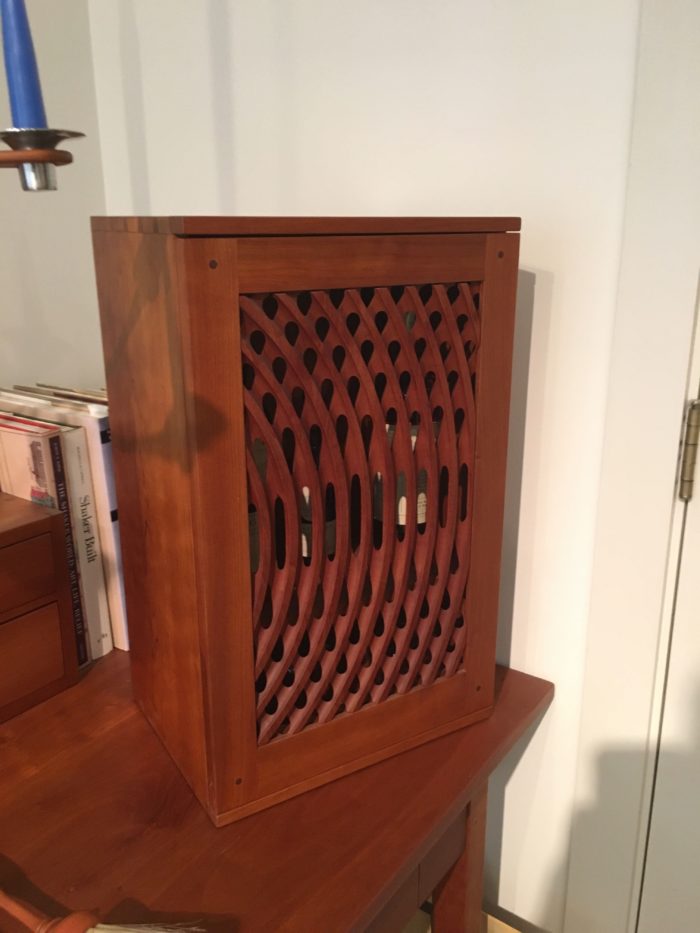
Question 1:
From Rickard in Sweden:
There are few things in life that annoy me more than wood warping. I often buy my lumber in big slabs that I resaw, joint and plane into boards. Sometimes, after having spent a couple of hours dimensioning my boards to perfection, I return to the shop the next day, and my boards have cupped, bowed or twisted like crazy. Does it help to clamp down the boards to prevent them from moving, or should they be stickered to allow contact with air from all sides? Should I leave the boards slightly thicker than intended so that I can joint and plane them again later when the wood has settled?
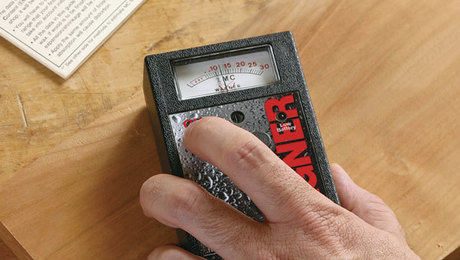 |
|
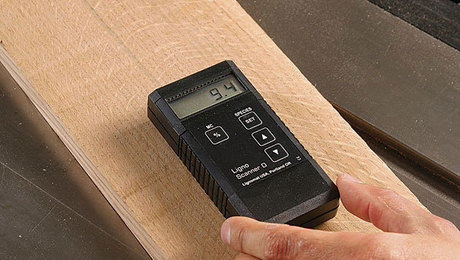 |
Question 2:
From Mat in Australia:
Lots of questions about wedged tenons:
- Are there any rules regarding the positioning of the wedges in relation to the edge of the tenon.
- Do your tenons ever break or split when wedged?
- Should you always drill a hole at the end of the wedge cut?
- What thickness wedges should be used?
- What splay angle should be used in the mortise?
-
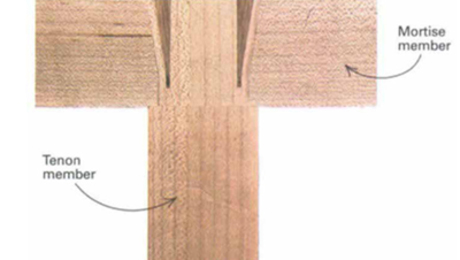
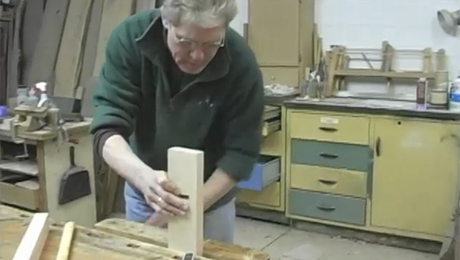
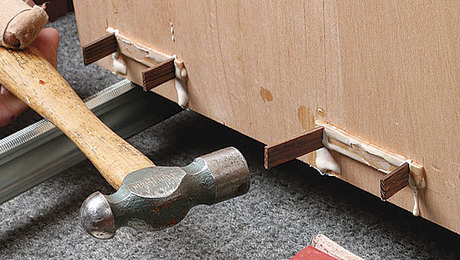
Segment: All-Time Favorite Tool of All Time… for this week.
Chris: His Sawstop and his Delmhorst moisture meter
Mike: ⅝ box end wrench for opening glue bottles
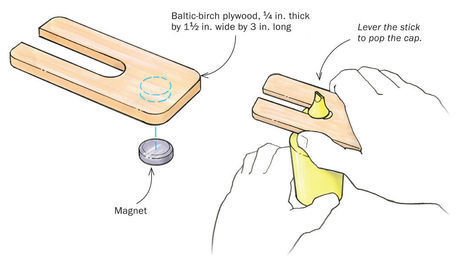 |
|
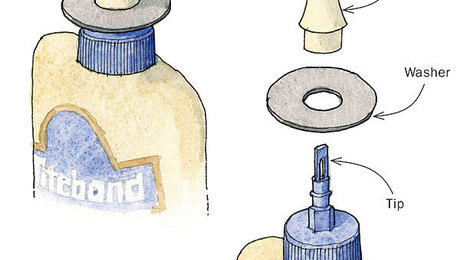 |
3d printable glue bottle opener on Thingiverse – works really well!
Ben: Having a spare plane blade to use as a really large chisel
Question 3:
From Travis:
I have an 8-inch helical-head jointer and it’s set to cut about a 1/32-in. deep. I’ve had it set like this for over a year, and I’ve never changed the depth of cut. I get good results, but I was wondering if changing the cut depth is something I should do depending on the size, type of wood or condition of the board.
Question 4:
From Ron:
I’m making a small Shaker-style tripod table. The top attaches to the pedestal via a batten mortised to the pedestal. My question concerns the grain orientation of the top vis-à-vis the batten. If the grain directions are perpendicular, then the batten functions as a real batten and prevents the top from curling. On the other hand, if on lines-up the grain orientation, the 20-inch wide top and batten will move together. Assuming the top is made from quarter sawn or rift sawn stock, shouldn’t the top remain flat?
 |
|
 |
|
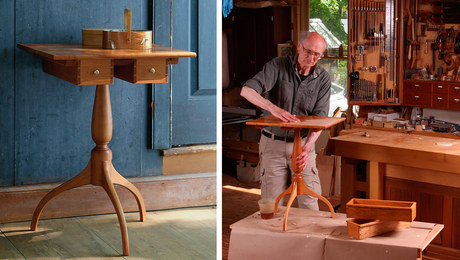 |
Recommendations:
Mike: Follow Chris on Instagram
Ben: Anne Peebles Greatest Hits
Chris: Go easy on yourself
Every two weeks, a team of Fine Woodworking staffers answers questions from readers on Shop Talk Live, Fine Woodworking‘s biweekly podcast. Send your woodworking questions to shoptalk@taunton.com for consideration in the regular broadcast! Our continued existence relies upon listener support. So if you enjoy the show, be sure to leave us a five-star rating and maybe even a nice comment on our iTunes page.





















Comments
The single most important article I’ve read at Fine Woodworking Magazine is Chris Becksvoort’s “Stop guessing at wood movement”. In this article, Chris gives you a process to let you sleep at night.
Log in or create an account to post a comment.
Sign up Log in